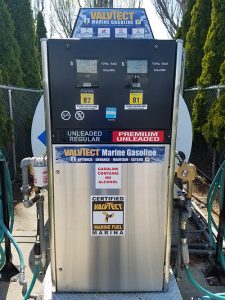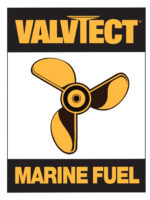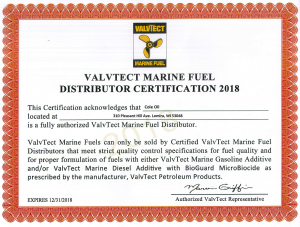 |
 |
 |
Cole Oil & Propane is a certified Valvtect Marine Fuel Distributor, providing specially formulated fuel to ensure your marine engine runs at it’s best!
ValvTect Marine Gasoline is designed to prevent the problems of ethanol gasoline, such as phase separation, moisture, poor stability, and the formation of power-robbing carbon deposits. It requires no additional fuel additives to protect your engine, eliminating any risk of improper additive use, and saves time & money!
Contains Extra Corrosion Inhibitor & Moisture Dispersants
Cleans Up Fuel Injector & Intake Deposits
Cleans Up Combustion Chamber Deposits
Reduces Harmful Exhaust Emissions
Improves Power, Performance, & Fuel Economy
ValvTect Marine Premium Diesel contains BioGuard™ biocide, lubricity improver, water dispersant, corrosion inhibitor, and fuel stabilizer, and is specifically formulated to prevent problems caused by the reduction of sulfur content. It requires no additional fuel additives to protect your engine, eliminating any risk of improper additive use, and saves time and money!
Helps Prevent Ultra Low Sulfur Problems
Prevents Sludge & Plugged Fuel Filters
Cleans Up Fuel Injector Dispersant
Improves Power, Performance, & Fuel Economy
Fueling Safety
- Turn off engine(s), electronics, put out smoking materials, and extinguish any open flames.
- Keep the nozzle in contact with the edge of the fill to prevent build up of static electricity to prevent sparking.
- Don’t top off your tank. Know how much fuel your tank holds and fill it to about 90%. Fuel expands as temperatures rise.
- Clean up spills immediately with an oil-only absorbent pad. Wipe down the bilge or any interior parts that may have come in contact with fuel.
- Avoid any distractions while fueling!
Fueling at the Gas Station:
- Level your boat; fuel goes in more easily and is less likely to spill if your boat is level. Adjust your bunks/rollers or lower your trailer hitch if necessary. This can be challenging with the boat on the trailer so take note of any needed changes and adjust the trailer after your next launch.
- Position yourself so you can see the deckfill and hold the nozzle comfortably. This may mean getting into the boat or using a step stool. If you have to strain to hold the nozzle and see the deckfill, you are more likely to have a spill.
Fueling Portable Containers
- Always refill your portable fuel containers on the pavement or dock to ensure a good ground. While the bed of your truck or the deck of your boat may seem stable, static electricity can build up and cause a spark.
- On the dock, put an absorbent pad under the container.
- Consider using a funnel. A filtered funnel will help prevent contaminants from entering the fuel tank.
- Ensure the nozzle stays in contact with the tank opening.
*Always store portable fuel tanks out of direct sunlight and keep in a cool, dry place to minimize condensation.
Fueling Personal Watercrafts
- Select a fuel dock that has wave protection or, better yet, PWC dock or platform to help stabilize your PWC. Be certain your PWC is tied up securely before refilling.
- Use an oil-only absorbent pad around the deck-fill or nozzle to catch any stray drops of fuel
Tips courtesy of Boat U.S. Foundation
